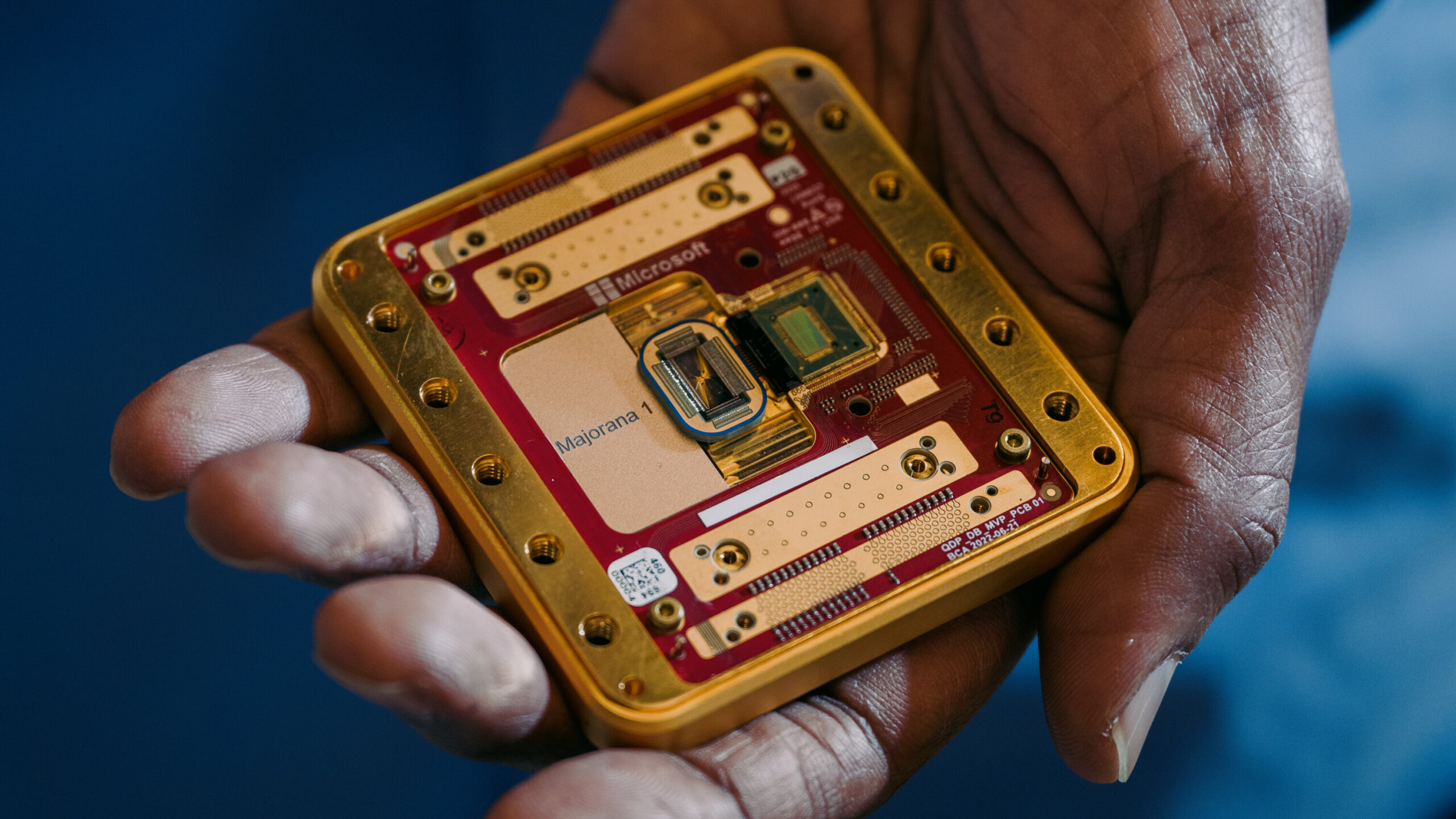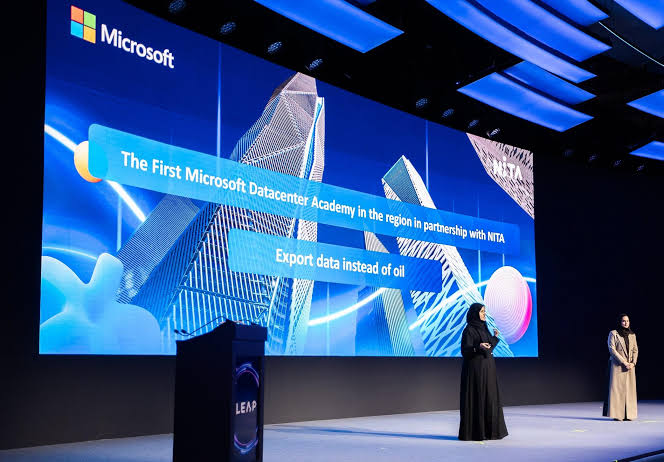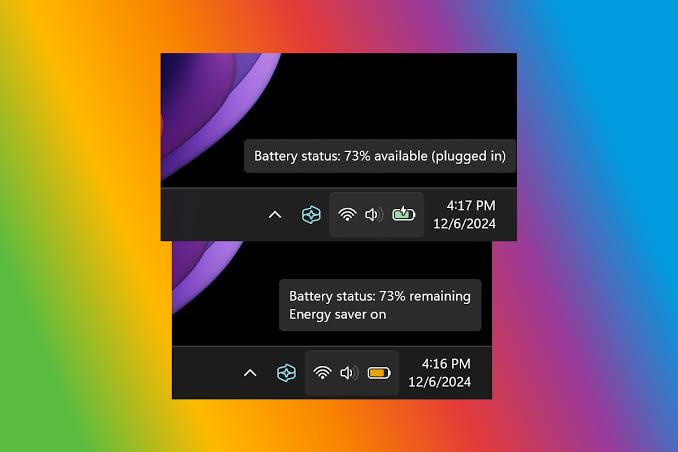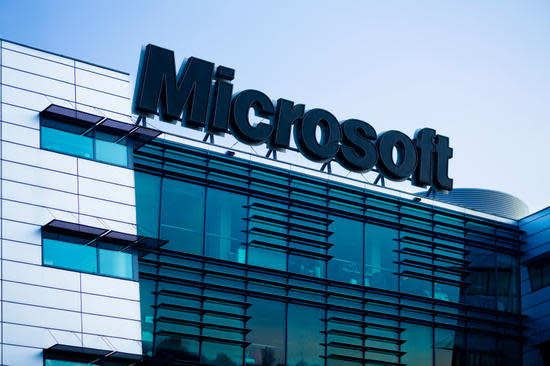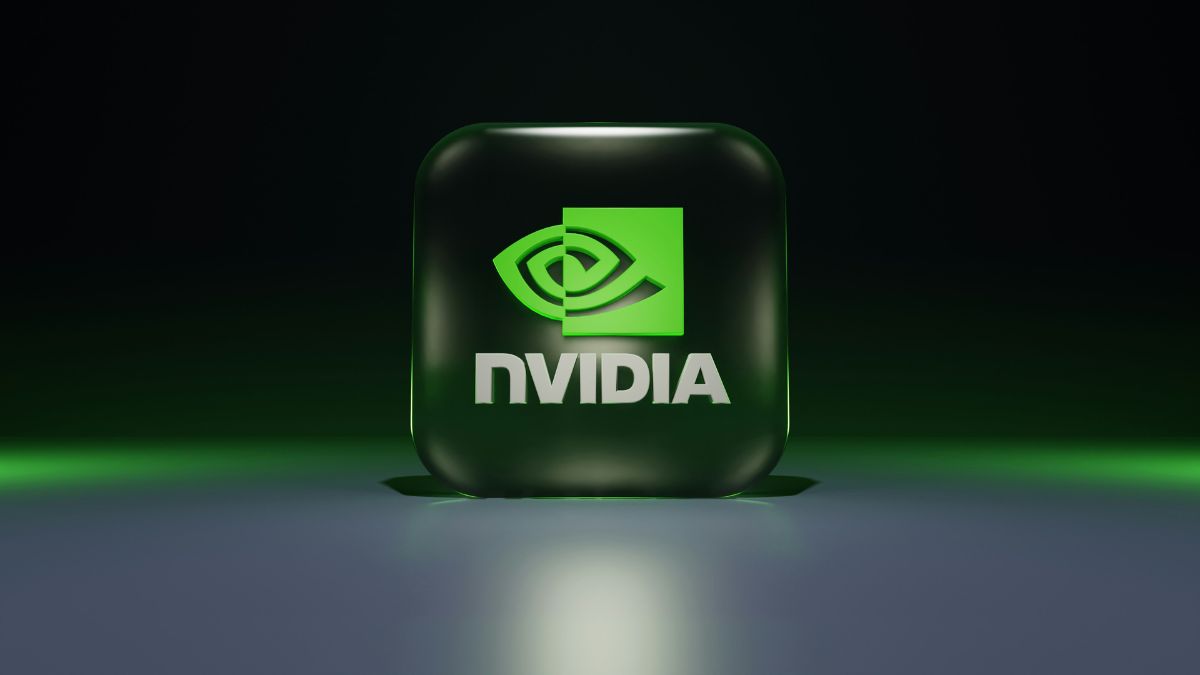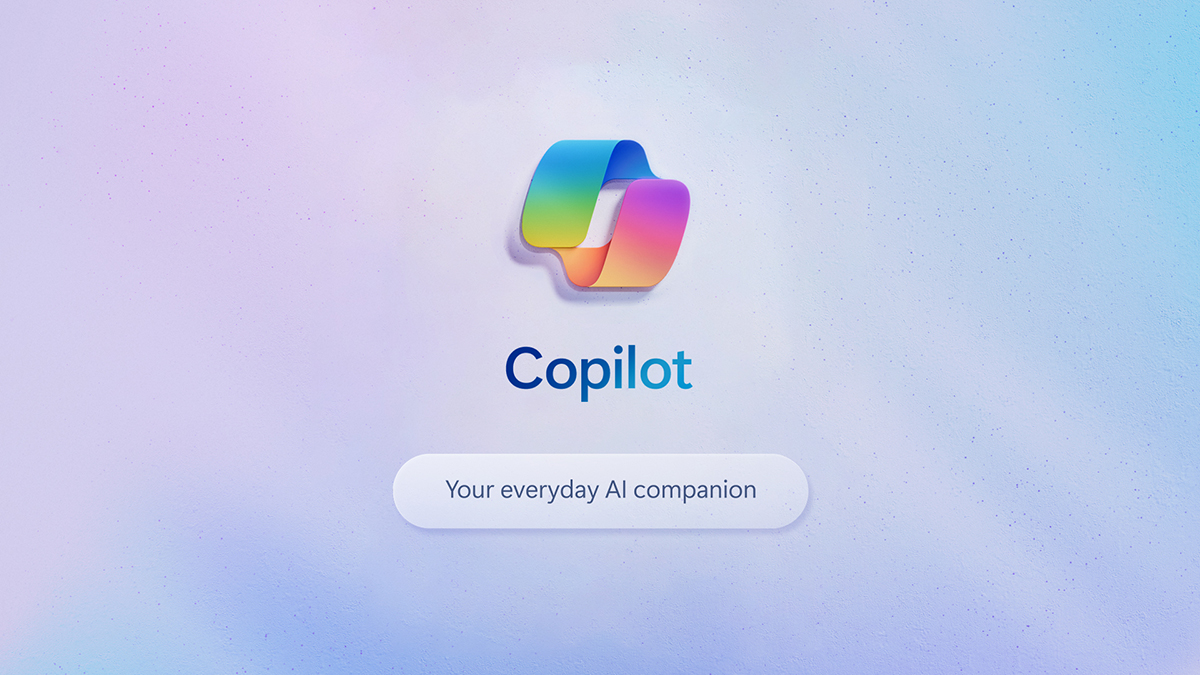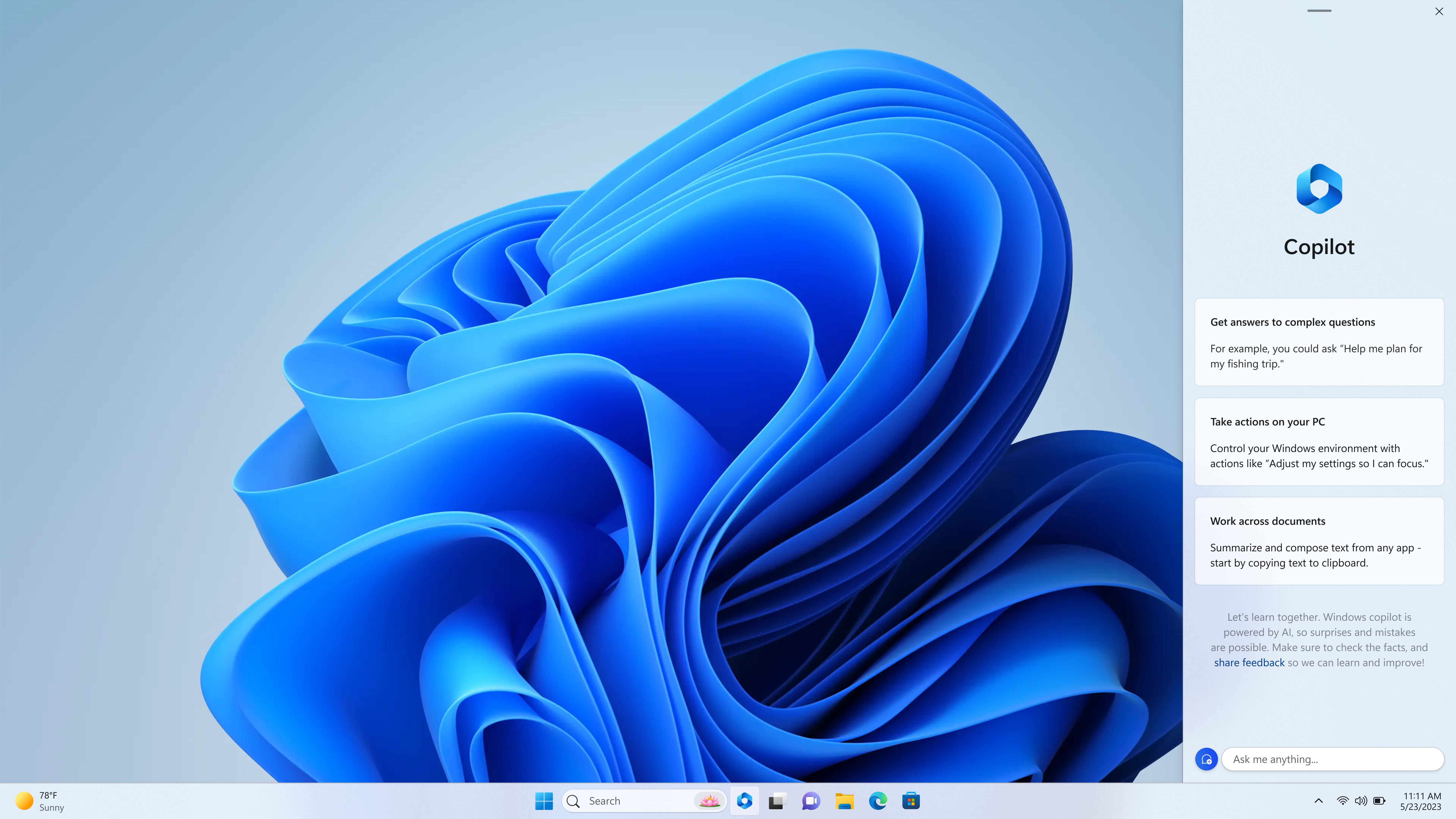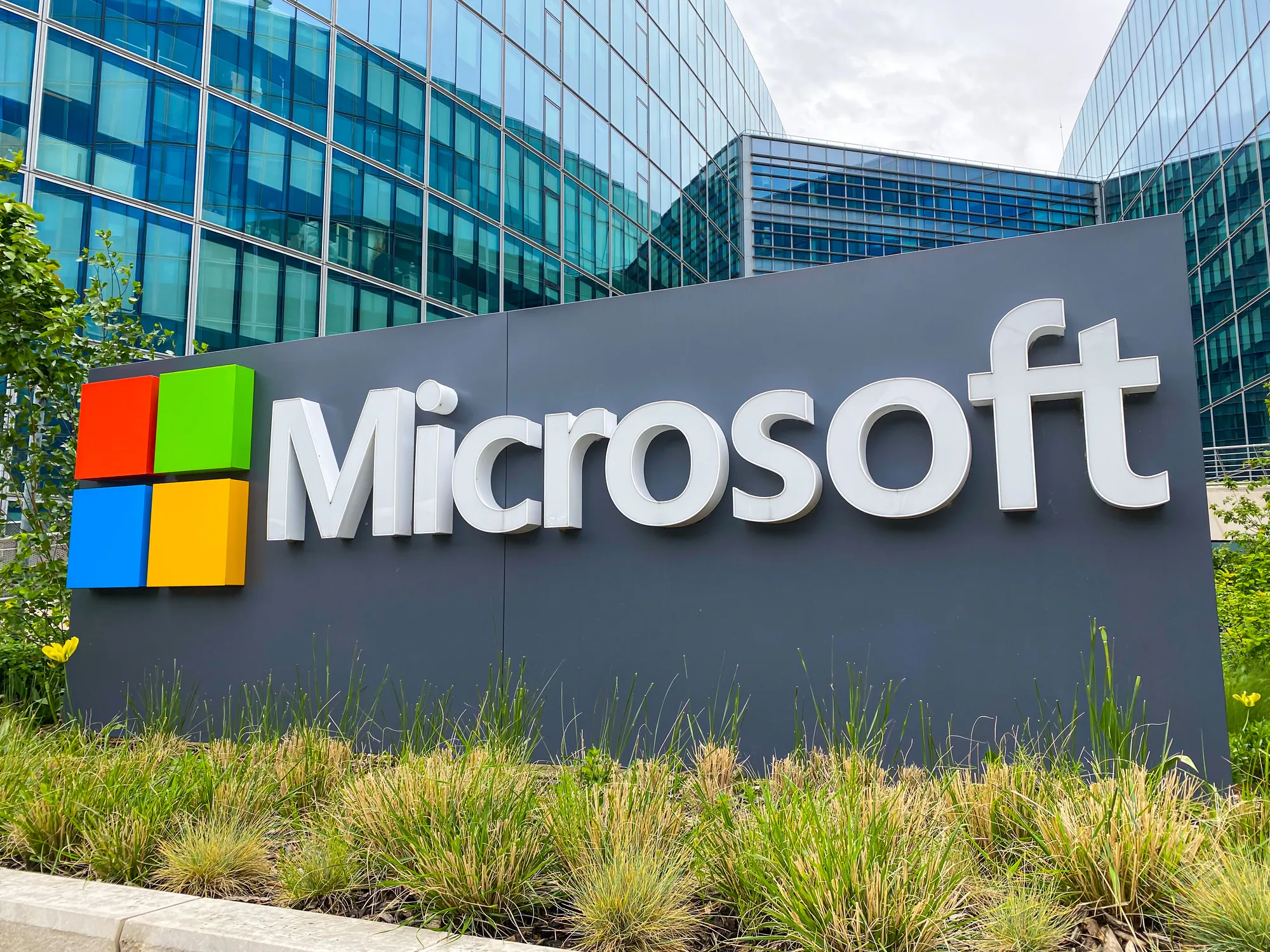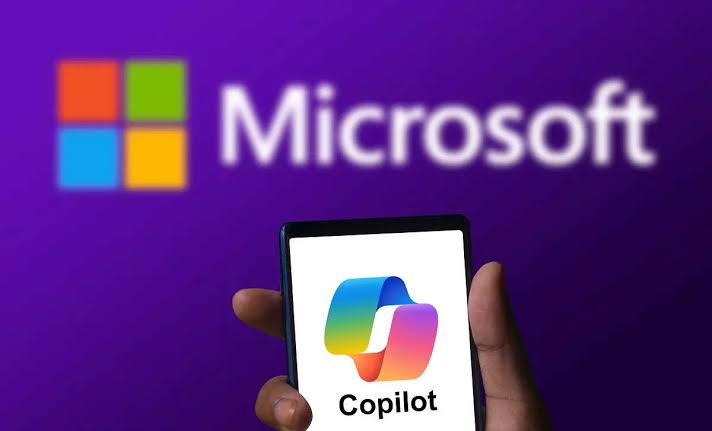Microsoft has made a groundbreaking announcement that could redefine the boundaries of physics and computing: the invention of a new state of matter.
Unveiled on February 19, 2025, this unprecedented development centres on Microsoft’s Majorana 1 quantum chip, which harnesses a “topological state” or “topological superconductivity.” Unlike the familiar states of solid, liquid, and gas, this novel phase of matter is set to revolutionise quantum computing, potentially solving some of humanity’s most complex challenges in years, not decades.
Read also: Microsoft to equip 1 million South Africans with AI, digital skills by 2026
A breakthrough in Microsoft’s Quantum computing
Microsoft’s claim revolves around creating a topological superconductor, a material that defies traditional categories of matter. This state, defined by its topological properties—how wavefunctions connect across space—enables more reliable and scalable qubits, the core of quantum information. The Majorana 1 quantum chip, built with indium arsenide (a semiconductor) and aluminium (a superconductor), leverages this new state to produce faster, smaller, and less error-prone qubits than those in current quantum processors. Microsoft aims to scale this quantum chip to one million qubits, fitting into a palm-sized device, outpacing today’s supercomputers.
The science behind Microsoft’s Quantum Chip discovery
The topological state doesn’t exist naturally and requires extreme conditions—temperatures near absolute zero, magnetic fields, and precise material engineering. Microsoft’s researchers, led by Dr Chetan Nayak, Microsoft’s technical fellow and corporate vice president of quantum hardware, spent nearly two decades perfecting this material stack, fabricated atom by atom in Washington State and Denmark labs. Detailed in a Nature paper, this marks the first observation and control of Majorana particles, theorised in 1937, stabilising quantum information against disturbances. This approach contrasts with competitors like Google and IBM, focusing on hardware-level error reduction in quantum computing.
Potential impacts and applications of Microsoft’s Quantum Chip
Microsoft’s quantum chip has vast implications, promising to solve problems beyond classical computers, such as breaking down microplastics, inventing self-healing materials, or advancing drug discovery and sustainable energy. A million-qubit quantum computer could simulate molecular interactions with unmatched accuracy, optimise global supply chains, enhance climate modelling, or challenge encryption systems. Microsoft projects commercially viable quantum computers within five years, positioning itself as a quantum leader and challenging sceptics like Nvidia’s Jensen Huang, who see functional quantum solutions decades away.
Skepticism and challenges for Microsoft’s Quantum Chip
While exciting, the announcement faces scrutiny. Some physicists, including Vincent Mourik, question whether Microsoft’s findings definitively prove a new state of matter, citing a 2018 retraction of a similar Majorana claim. The Nature paper notes uncertainty about the topological nature of detected states. Scaling the quantum chip to a million qubits requires overcoming stability, error rates, and commercial viability hurdles. Microsoft’s Majorana 1, with eight qubits, isn’t yet on Azure, signalling it’s experimental, not operational.
Read also: Nintendo finally unveils Switch 2 following weeks of speculation
The Quantum race heats up with Microsoft’s Quantum Chip
Microsoft’s topological approach positions it ahead in the quantum race against Google’s Willow chip, IBM, and others. Google’s December 2024 Willow claim—a five-minute calculation unachievable for supercomputers—underscores the competition. With its potential for stability and scale, Microsoft’s quantum chip offers a unique edge. It aims for a million qubits to tackle industrial-scale problems. Dr Nayak and CEO Satya Nadella tout it as a “fundamental leap in computing,” redefining matter and quantum computing’s potential.
As of February 24, 2025, Microsoft’s topological state of matter invention marks a pivotal moment in quantum computing. Its promise to unlock quantum solutions is tantalising, but validation, scaling, and collaboration are needed to address scepticism. Microsoft’s quantum chip, Majorana 1, could redefine computing and solve intractable problems, but its journey from lab to market remains uncertain. This breakthrough signals a new era for Microsoft’s quantum ambitions, challenging the scientific community to keep pace.
